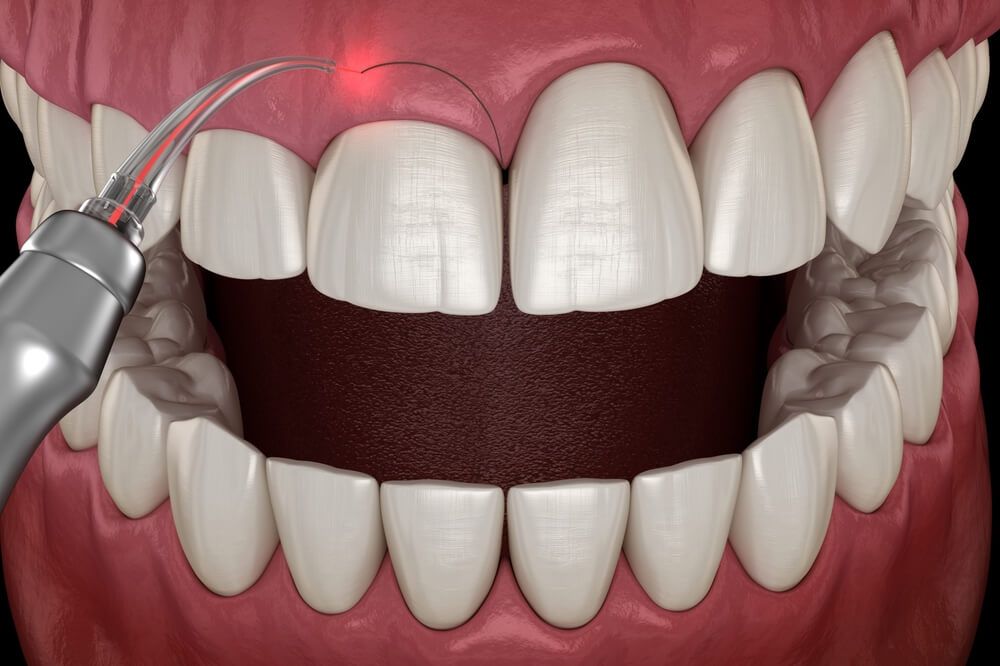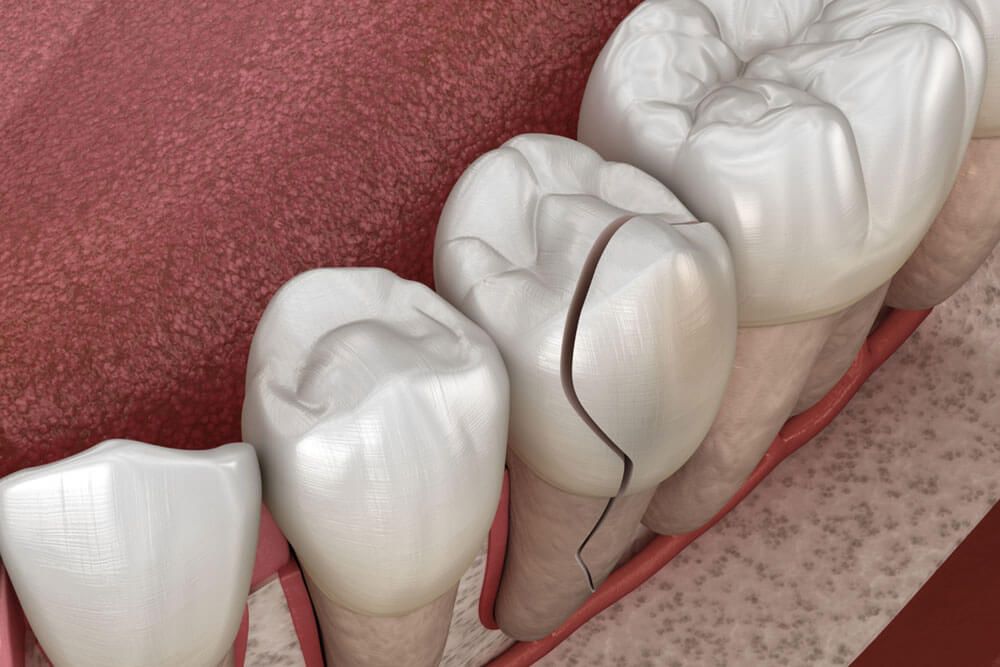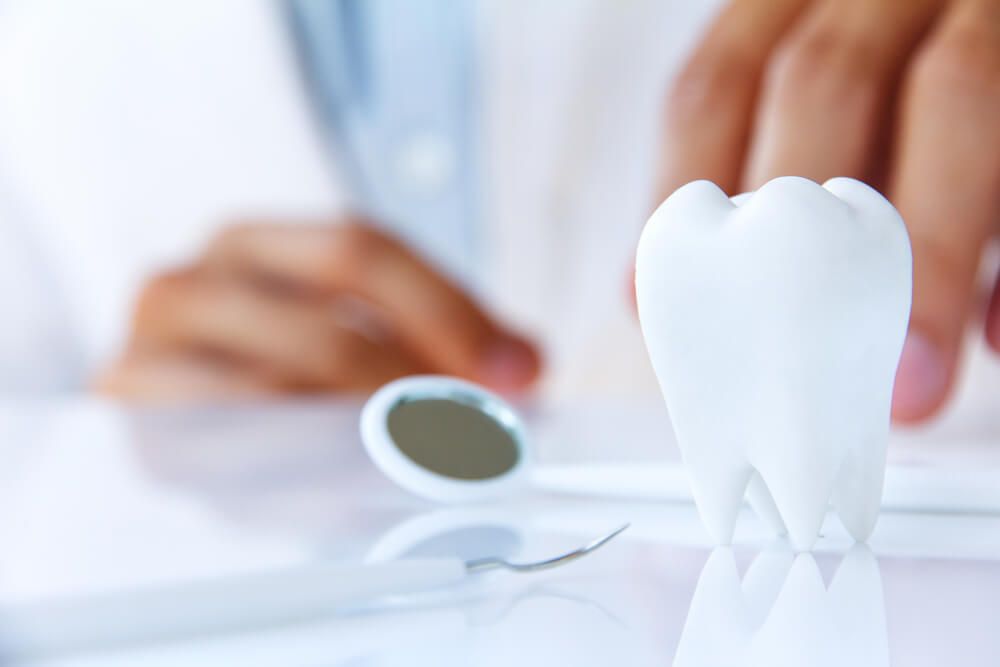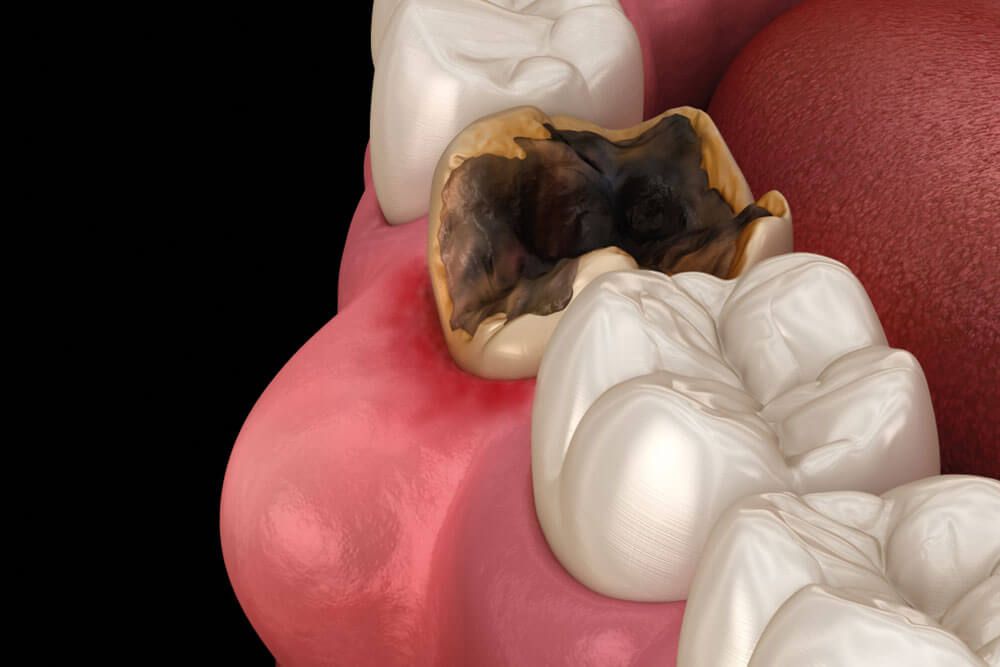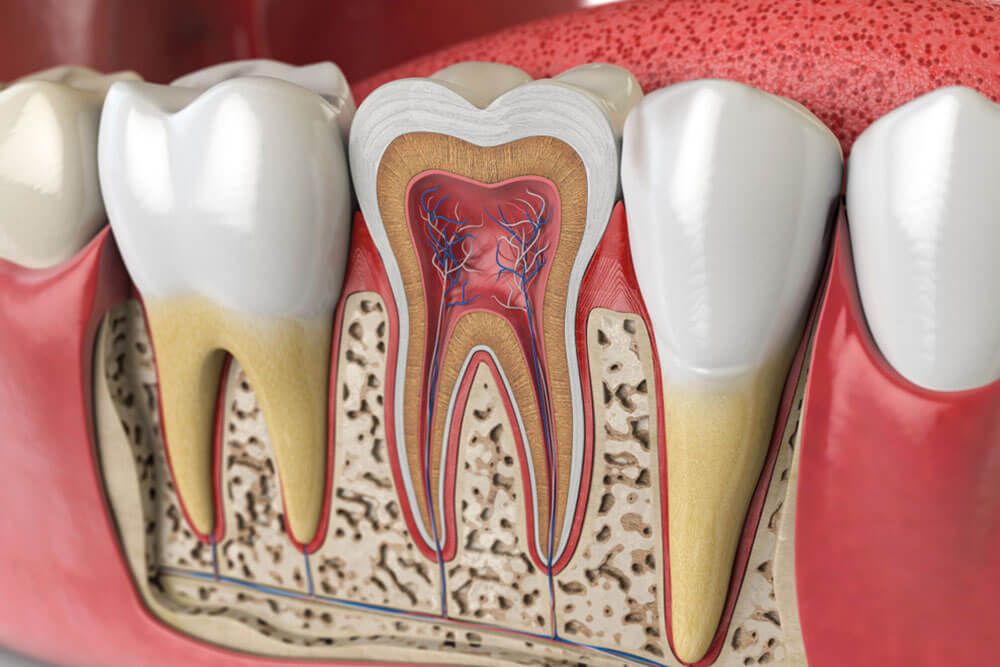Teeth aren’t meant to be knocked out easily. In fact, the roots of the teeth are connected to your bone structure, meaning they are meant to be a permanent part of your body. So when a tooth is knocked out or dislodged, it’s typically the result of extreme force to the tooth.
In the event of a tooth avulsion, an emergency dental situation can arise. Teeth are often knocked out as a result of car accidents, sports injuries or other trauma-based injuries.
If you have an avulsed tooth, don’t wait to contact an emergency endodontist. The specialists at Greater Endodontics are here to save your teeth, and the sooner we can help, the better.
What is Tooth Avulsion?
An avulsed tooth is when a tooth is completely knocked out of the mouth. This dental emergency should be treated quickly to save the tooth and prevent further damage to the bone and surrounding teeth.
If you experience a tooth avulsion, follow these steps as quickly as possible:
- If there is bleeding, apply firm pressure for 5 minutes with gauze or a paper towel.
- Find the knocked-out tooth and pick it up by the crown (the white part visible in your mouth), not by the root. Do not touch the root.
- If the avulsed tooth is dirty, gently rinse it off with water or milk. Do not scrub it or use soap on it.
- If there is any tissue attached to the tooth, rinse it with saliva or milk. If tissue fragments are attached to the tooth, do not remove them.
- If possible, try to put the tooth back in its socket and hold it in place with gauze or a paper towel. If you cannot put the tooth back into its socket, place it between your cheek and gums or in milk to preserve the tooth as long as possible.
It is critical to go directly to an emergency endodontist within 30 minutes of experiencing dental trauma so they can reimplant the tooth if possible.
What Causes Tooth Avulsion?
The most common cause for an avulsed tooth is impact on the face. This can occur with, but is not limited to, any of the following incidents:
- A finger or hard object pressed against the mouth area when an accident occurred (e.g., closed-mouth trauma)
- Getting struck in the mouth by a ball, stick, elbow, fist, knee, etc.
- Getting hit in the mouth by a moving object such as a door
- Falling on one’s face (e.g., playground injuries)
- Motor vehicle accidents (e.g., car crashes)
How do You Treat an Avulsed Tooth?
Treatment for a tooth avulsion depends on the age of the patient and severity of the accident.
Typical treatment for an avulsed tooth involves implanting the tooth back into its socket and then splinting it in place for an adult. This is most successful when the treatment begins within 10 minutes of the avulsion.
For a child or young adult, treatment involves placing the tooth in milk and bringing it to the dentist as soon as possible. It may be reimplanted if it is still viable. Sometimes, however, a root canal is necessary.
Reimplantation is not an option in some cases, particularly if the tooth is too damaged to be restored. In this case, dental implants can replace the missing tooth or teeth.
Greater Endodontics: The Endodontist for Your Emergency Needs
Tooth avulsion is not uncommon, but it is a major incident that should not be taken lightly. It is also best treated by experts, not your average dentist. The endodontists at Greater Endodontics are specially trained to be experts in saving teeth, and we offer 24/7 Emergency On-Call so we can respond to a dental emergency when they happen, not days later.
An avulsed tooth can be frightening and a painful experience. Even though an avulsion can be traumatic, acting quickly is the best way to ensure you’ll have a better chance at getting your tooth back.
Luckily, Greater Endodontics is here to help. Contact us for your avulsed tooth in Utah today.

